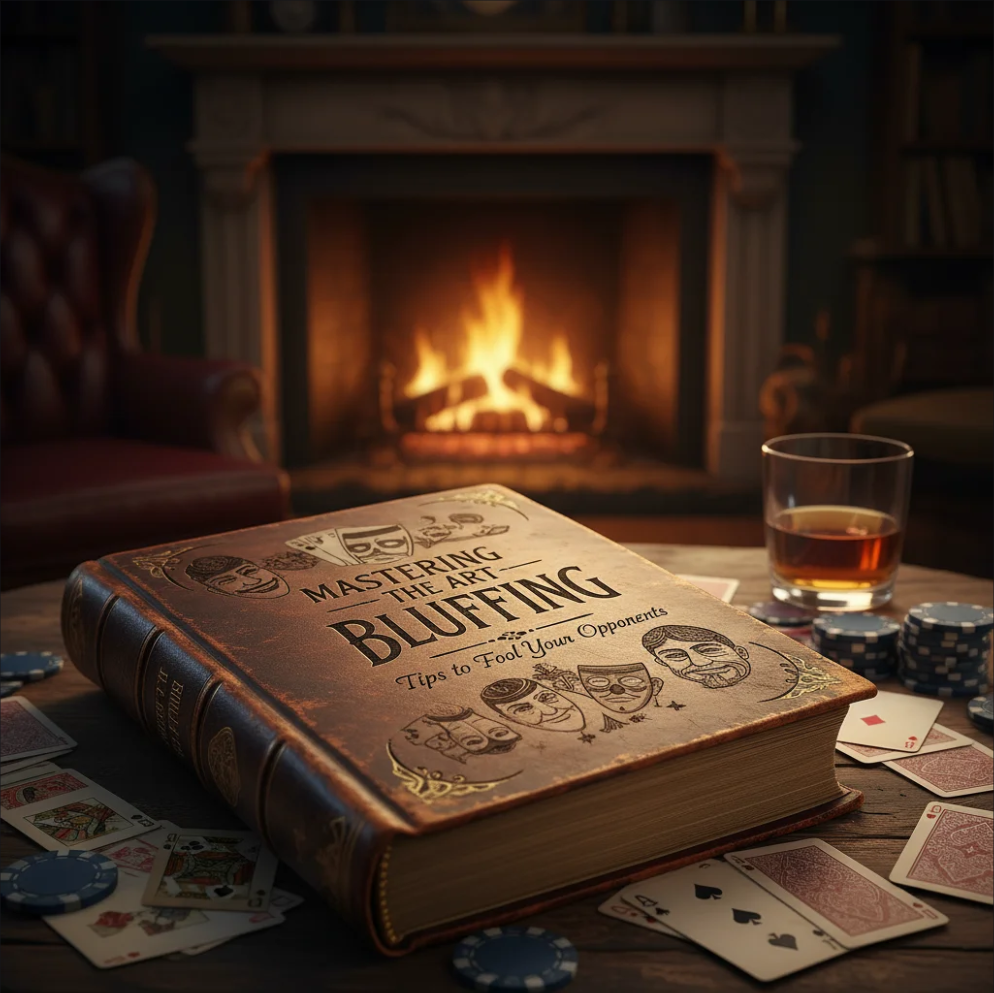Poker is not just a game of cards; it’s a game of psychology, strategy, and subtle manipulation. One of the most essential skills a player can develop is bluffing—the art of making your opponents believe you have a stronger (or weaker) hand than you actually do. When executed correctly, bluffing can turn the tide of a game, allowing you to win pots you might not have deserved.
Whether you’re a beginner or an experienced player, mastering bluffing requires timing, observation, and confidence.
🎯 1. Understand When to Bluff
Bluffing is not about deception at all times; it’s about strategic deception. Consider these situations:
- Late in the game – When fewer players are in the hand, a well-timed bluff can push opponents to fold.
- Against cautious players – Players who avoid risk are easier to intimidate.
- After building a tight table image – If opponents perceive you as a conservative player, a sudden aggressive move is more believable.
Avoid bluffing blindly—context is key.
🕵️ 2. Observe Your Opponents
Effective bluffing relies heavily on reading other players:
- Look for patterns in betting behavior.
- Watch body language and micro-expressions.
- Take note of past reactions to aggressive plays.
The better you understand your opponents, the more convincing your bluff will be.
💡 3. Perfect Your Poker Face
Your facial expressions, gestures, and tone can give away your hand. A consistent poker face is critical:
- Maintain calm and neutral expressions.
- Avoid sudden movements or fidgeting.
- Use a steady voice when announcing bets or raises.
Even seasoned players can be caught off guard by a confident, controlled bluff.
📊 4. Control Your Betting Patterns
Your betting style can reinforce or betray your bluff:
- Size matters – Large bets suggest confidence, but overdoing it can seem unnatural.
- Consistency is key – Sudden deviations from your normal betting pattern can tip off opponents.
- Mix it up – Occasionally bluff small or check-raise to keep opponents guessing.
🧠 5. Know When to Fold
Bluffing is not a guaranteed win. Part of mastering the art is knowing when to abandon a bluff:
- If opponents are showing strong signs of holding good hands.
- If the risk outweighs the potential reward.
- When repeated bluff attempts reduce your credibility at the table.
Even the best players fold sometimes—saving chips for the right moment is strategic, not weak.
🌟 Final Thought
Bluffing is a skill that combines psychology, strategy, and patience. The best players don’t just rely on luck—they carefully choose their moments, study their opponents, and project confidence at all times. By mastering the art of bluffing, you can gain a psychological edge, turning small opportunities into big victories.
Remember: Bluff with purpose, observe with intent, and know your limits.


